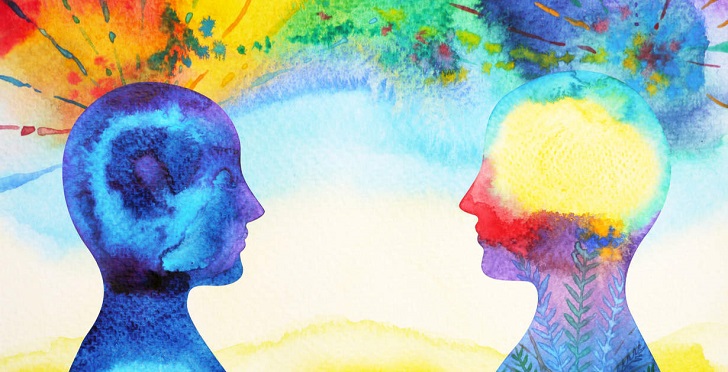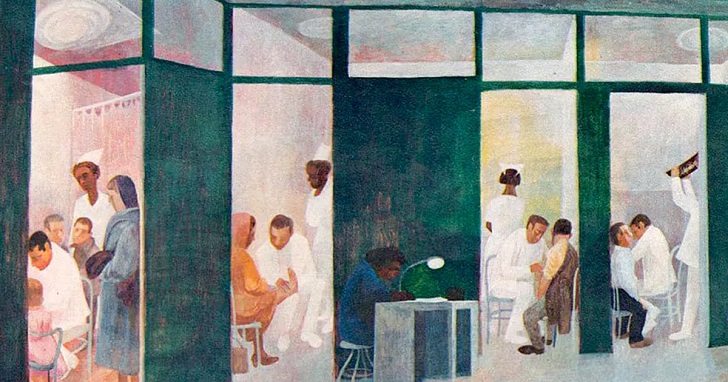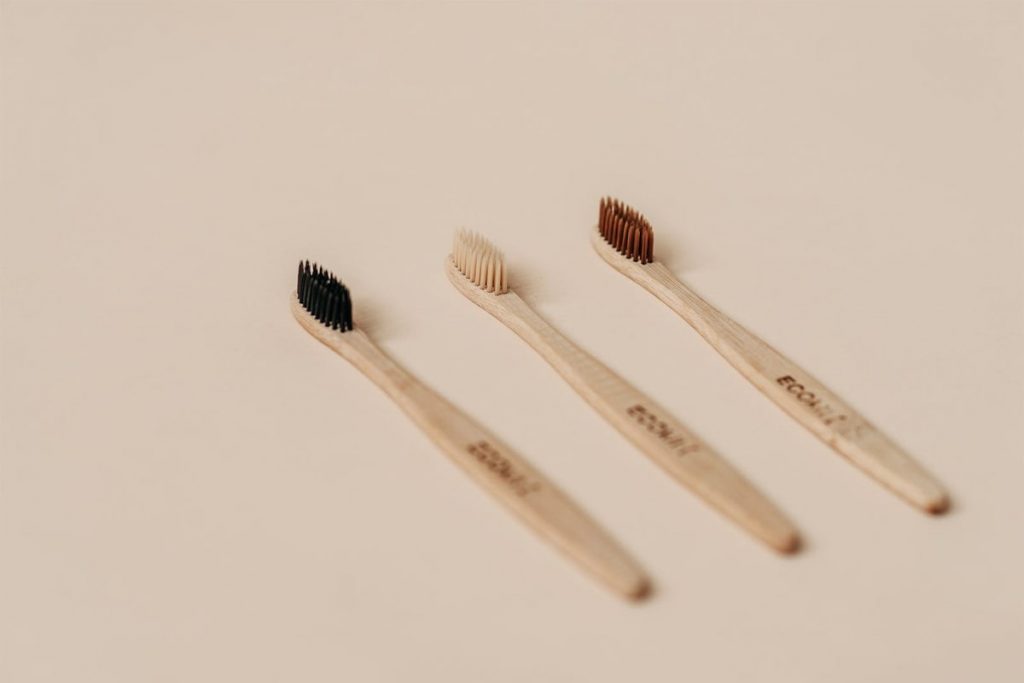Art therapy has become an increasingly popular form of treatment in recent years, with doctors and mental health professionals prescribing it for various conditions. This form of therapy utilizes the creative art-making process to improve mental and emotional well-being.
Benefits of Art Therapy

Jillian Levy/ Getty Images | Access to the arts improves people's mental and physical health
Art therapy benefits individuals with difficulty expressing their emotions or who have experienced trauma. This form of therapy can help individuals access and process their emotions through the creative art-making process.
This therapy is particularly effective for individuals with depression, anxiety, and PTSD. Studies have shown that art therapy can improve mood, anxiety, and overall quality of life. It has also been found to be effective in reducing symptoms of PTSD in veterans.
Art therapy can also be helpful for individuals who have experienced trauma or abuse. Through the creative process, individuals can explore and express their emotions in a safe and non-threatening way. This can help individuals process and come to terms with their experiences.
Why Doctors Are Prescribing Art Therapy

Bernard Perlin/ Artsy | Art therapy uses visual art, combined with clinical mental health counseling and psychotherapy
Doctors are increasingly prescribing art therapy because it has been found to be a safe and effective treatment for various conditions. Art therapy can be used as a standalone treatment or in combination with other forms of therapy or medication.
One of the benefits of art therapy is that it is a non-invasive form of treatment. Unlike medication, which can have side effects, art therapy has no negative side effects. This makes it a safe form of treatment for individuals who may not tolerate medication or may be hesitant to try other forms of therapy.
Art therapy is also a versatile form of treatment that can be tailored to each patient's individual needs. The therapist can work with the patient to determine which art materials and techniques benefit their specific condition.
Another reason doctors prescribe art therapy is that it can be an effective treatment for children and adolescents. Many children and adolescents may be unable to express their emotions through traditional forms of therapy, such as talk therapy. Art therapy provides a safe and non-threatening way for children and adolescents to express their emotions and work through their issues.
Examples of Art Therapy in Practice

Keith/ Getty Images | Art therapy opens up avenues of communication that extends beyond verbal language
Art therapy can take many different forms, depending on the individual patient's needs. Some examples of art therapy in practice include:
- Painting or drawing: This is a common form of art therapy that can be used to explore emotions and feelings.
- Collage-making: Collage-making is a creative process wherein a person assembles images from different sources to create a new whole. It can be a helpful way to explore relationships and identity.
- Sculpture or clay work: This art therapy can explore body image or trauma issues or help relieve stress and anxiety.
- Music therapy: Music therapy is another form of creative therapy that can be used to improve mental and emotional well-being.
show more






















